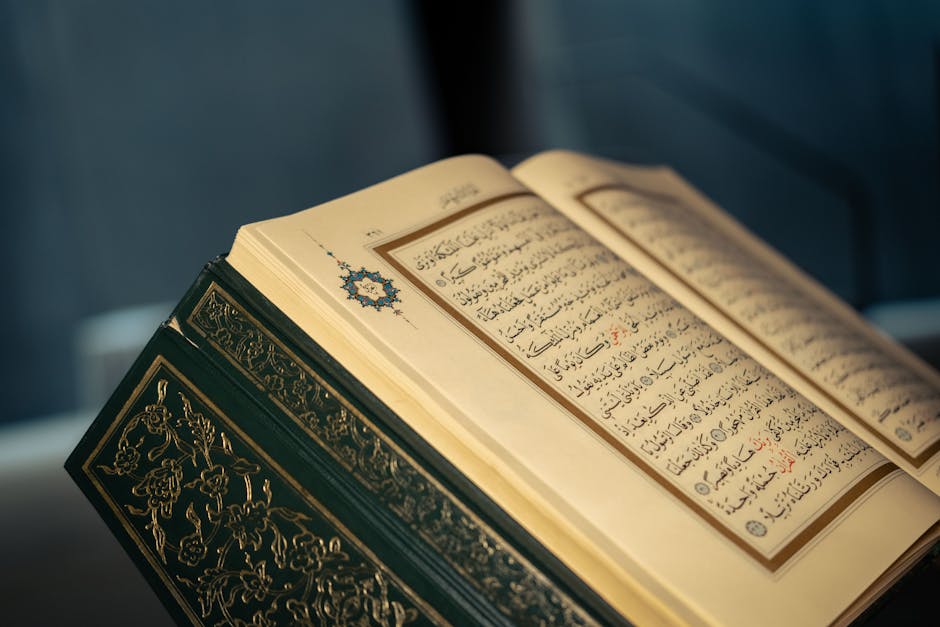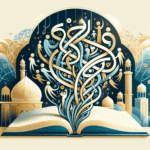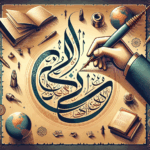The Arabic Alphabet: A Gateway to Understanding Arabic Poetry
Welcome to the fascinating world of the Arabic alphabet! 🌟 Whether you’re a language enthusiast, a poetry lover, or simply curious about new scripts, exploring the Arabic alphabet can open up a whole new realm of understanding and appreciation for Arabic poetry. In this blog, we’ll delve into how the Arabic alphabet serves as a crucial foundation for diving into the rich tapestry of Arabic poetry.
Table of Contents
1. Introduction to the Arabic Alphabet
2. The Importance of the Arabic Alphabet in Poetry
3. Unveiling the Beauty of Arabic Poetry
4. Tips for Learning the Arabic Alphabet
5. Conclusion
6. FAQ
Introduction to the Arabic Alphabet
The Arabic alphabet is more than just a set of letters—it’s a gateway to a rich cultural and literary heritage. Comprising 28 letters, the Arabic script is written from right to left, which might feel a bit like learning to write backwards at first! ✍️ However, once you get the hang of it, you’ll realize that each letter has its own unique charm and significance.
The Importance of the Arabic Alphabet in Poetry
Arabic poetry, known for its expressive beauty and intricate structure, relies heavily on the nuances of the Arabic alphabet. The phonetic richness of the language allows poets to play with sounds, rhythms, and meanings in a way that’s deeply intertwined with the script itself. Each letter and its variations can alter the meaning of words, which adds layers to the poetic expression.
Unveiling the Beauty of Arabic Poetry
Understanding the Arabic alphabet is like unlocking a treasure chest of emotions and stories. Arabic poetry spans centuries and includes various forms like Qasida, Ghazal, and Ruba’i. These poetic forms use rhyme and meter that are closely tied to the specific sounds of the Arabic letters. Imagine reading a poem where the sound of the words mirrors the flow of a gentle stream or the intensity of a desert storm—that’s the magic of Arabic poetry! 💫
Tips for Learning the Arabic Alphabet
If you’re eager to dive into Arabic poetry, starting with the alphabet is crucial. Here are some tips to get you started:
1. Practice Regularly: Consistency is key. Dedicate a few minutes each day to practicing the letters and their pronunciations.
2. Use Apps and Online Resources: There are plenty of resources available online to help you learn the Arabic alphabet, including interactive apps and video tutorials.
3. Join a Language Group: Learning with others can be motivating and fun! Consider joining a language exchange group or finding a study partner.
4. Listen to Arabic Music and Poetry: Tune into Arabic songs and recitations to familiarize yourself with the sound and rhythm of the language. 🎶
Conclusion
The Arabic alphabet is not just a script—it’s a key that unlocks the beauty and depth of Arabic poetry. By understanding the alphabet, you’re not only learning a new way to communicate but also gaining insight into a culture rich in history and artistic expression. So, grab a pen, start practicing, and soon you’ll be able to appreciate the elegance of Arabic poetry in its true form.
FAQ
1. Is it difficult to learn the Arabic alphabet?
Learning the Arabic alphabet can be challenging initially, but with regular practice and the right resources, it becomes easier over time. 🌟
2. How long does it take to learn the Arabic alphabet?
The time it takes varies depending on your background and dedication. With consistent practice, many people can learn the basics in a few weeks.
3. Can I appreciate Arabic poetry without knowing the alphabet?
While translations can provide insight, knowing the alphabet allows you to experience the authentic sounds and rhythms of Arabic poetry.
4. What are some popular forms of Arabic poetry?
Some popular forms include Qasida, Ghazal, and Ruba’i, each with its own unique structure and style.
5. Are there any apps specifically for learning the Arabic alphabet?
Yes, several apps like Duolingo, Rosetta Stone, and Drops offer focused lessons on the Arabic alphabet.






